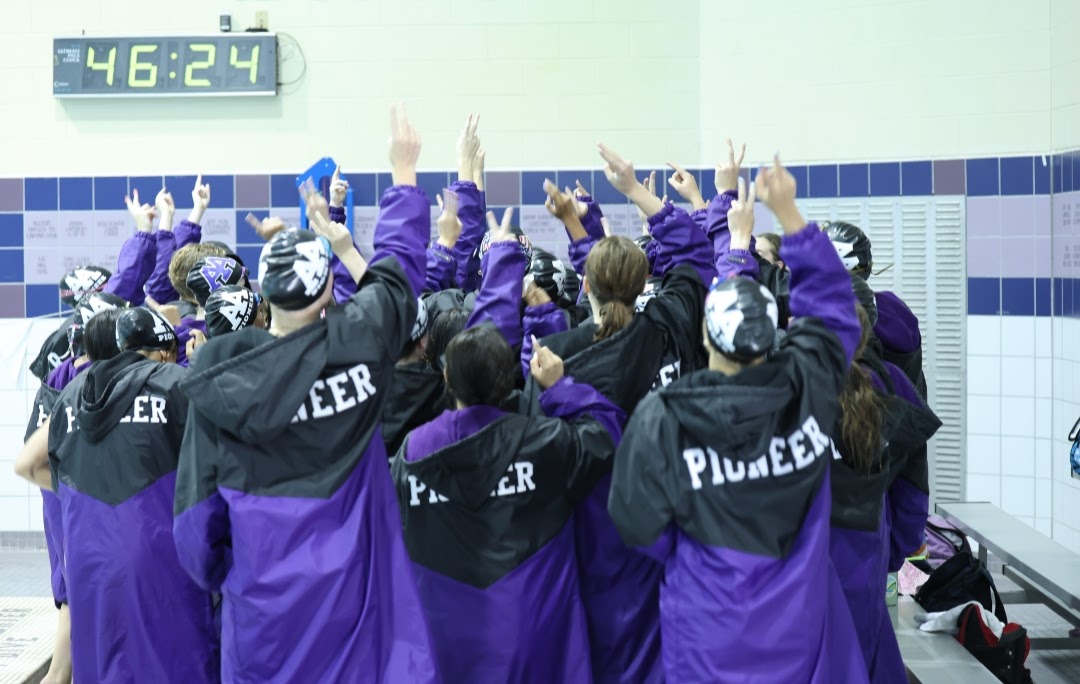Skintight Sexism

June 15, 2014
On Mar. 25, 2014, Tracy Anderson’s fourth block journalism class took an impromptu poll:
“How many people here have seen a male subject to objectification because of his gender?” Anderson asked.
Two hands went up.
Anderson quickly followed up with her next question. “How many people here have seen a female subject to objectification because of her gender?”
All hands went up.
These kinds of results are not a new issue. What is new is their prevalence in school dress codes across the country. Haven Middle School in Evanston, Illinois stated that they are enforcing a ban on both leggings and yoga pants, unless leggings are worn with shirts, shorts, or skirts of at least fingertip length. According to the Evanston Review, student Sophie Hasty said this ban is due to a concern amongst faculty that these items of clothing are “too distracting to boys.”
However, dress code dilemmas are not exclusive to Evanston. Community High School student Ada Banks and Pioneer High School student Julia Hale devised a petition on May 8 to the Ann Arbor Public Schools (AAPS), demanding that they review their longstanding, district-wide dress code policy. Banks petition addresses the public shaming AAPS has instated into their protocol; girls at Slauson Middle School are required to wear “ugly t-shirts” when their dress is deemed “inappropriate” by their teachers, a direct shaming tactic and a “blatant attempt at humiliating students for their dress”. While the conflict throughout AAPS is centralized around the length of a girls’ pair of shorts, the cut of her shirt, or the thickness of her tank tops’ straps, the central reasoning behind the dress code policy here and in Evanston remains the same: these garments are “too distracting to boys”.
It is this logic that has the potential to severely damage a girl’s self-image. While a need for appropriate attire in a school environment is understandable, blaming weakened male academic performance on women’s clothing choices—and their changing bodies—is not.
Dress codes put in place with this faulty rationale feed into an unhealthy mentality for preteen and teenage girls, encouraging them from an alarmingly young age to hide the body they naturally have in order to help boys stay focused throughout their day. No girl should be concerned that she is the source of unacceptable sexual attention from her male classmates, especially while her body is growing and changing in often uncomfortable ways.
Additionally, with cameras at their sides at every moment, the same premature girls being subject to objectification by school administrations feel increasing pressure to be “on” all the time. A constant spotlight on someone’s outfits, hair, make-up, and figure breeds insecurity—insecurity that is only furthered by dress codes founded on sexist sentiments. If girls already doubt the way they dress themselves due to technology, social media, and the unavoidable eye of classmates in the hallways, banning comfortable, form-fitting, and easily-accessible clothing only adds to their daily stress.
With or without leggings, yoga pants, or shorts, potentially distracting interactions between boys and girls will never cease. If attraction exists between two people, it does not matter what either individual is wearing. Flirting is an inevitable part of growing up that should not be blamed on the wardrobe choice of an adolescent girl. If a student is truly experiencing trouble concentrating for the reasons administrations fear, the individual should seek help from a counselor, parent, or trusted adult, treating it as a secluded problem, not as a universal rule change.
Furthermore, placing the blame of these bans on male thoughts negatively affects boys as well as girls. The theory that administrators have developed in cities like Evanston and Ann Arbor demonizes males, inherently suggesting that men are primitive-thinking beings with an inability to focus on the lesson being presented on the board and only on the girl’s butt in front of him.
It is not the concept of a dress code that creates a problem—dress codes can have a legitimate purpose. However, the line has been crossed when these bans are based on outward assumptions that girls’ clothing and their bodies are distracting to the boys—and in some cases, the faculty—surrounding them. Sign Banks’ petition here.









